Hotmail is dying. As I noted several months ago, my Hotmail account was the direct casualty of the coming of Gmail. There were even online eulogies. Despite every reason to keep using Hotmail (I use their messenger client, run windows at work, even have a complete address book set up at my Hotmail account) – I too made the switch last year and left Hotmail behind. A recent Marketing Sherpa study release says the same thing. People are leaving Hotmail. But what is the primary reason for this mass defection? In my previous post, I suggested that Hotmail was a victim of its own initial dominance in the webmail space. People had their first email addresses at Hotmail, have held them the longest, and therefore now receive the most spam there as they signed up for offers, ordered products and distributed their Hotmail address widely across the Internet.
Looking deeper at their demise, I wonder if perhaps branding was a key part of their problem as well. Google has Gmail, Yahoo has "Yahoo Mail" – both of which tie to their parent brands. "Hotmail" was an anomaly. Did this mean the brand of Hotmail didn’t get the same marketing support as other Microsoft initatives? Word, Excel, Powerpoint all started with the "MS" tag in front of them. They are clearly Microsoft brands. The MSN butterfly came onto the scene late. Today Hotmail, Messenger and Passport all have the "MSN" tag in front of them – and perhaps for MSN Messenger or the Passport network this will work, because Microsoft was still establishing the brands. But they are all based on the success of Hotmail, which hasn’t turned out the way Microsoft envisioned. As odd as it seems to find Microsoft on the losing end of a marketing strategy battle – in Hotmail it seems that’s exactly where they are.


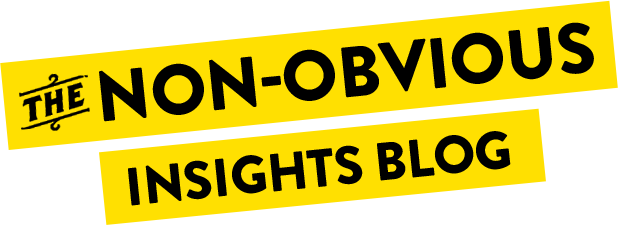




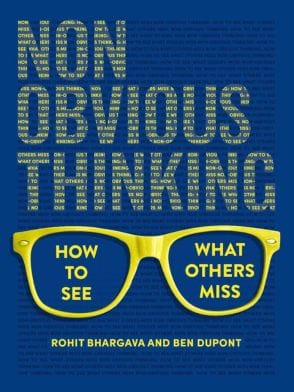

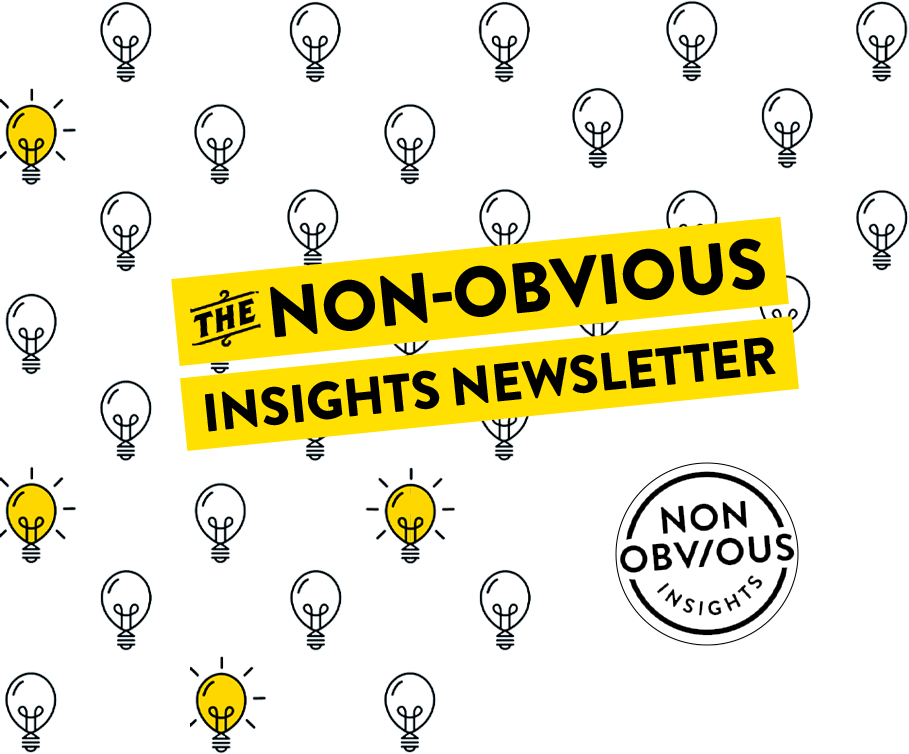



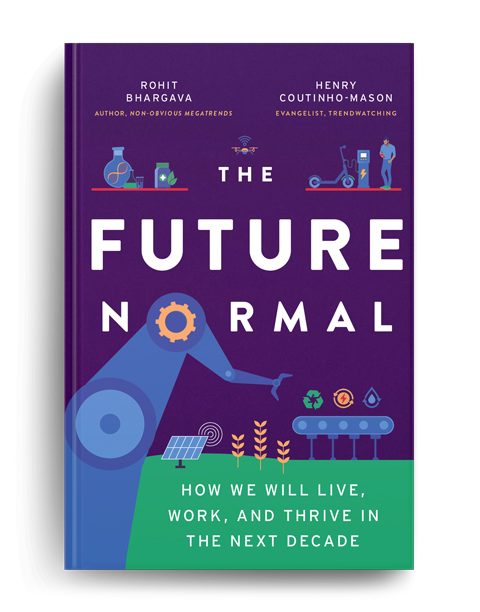
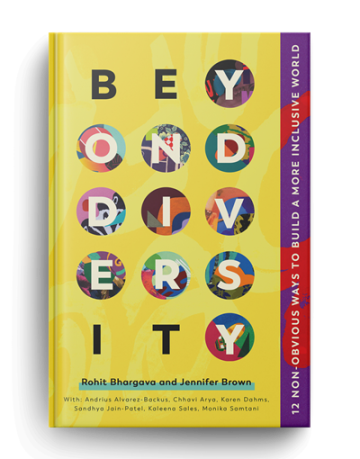
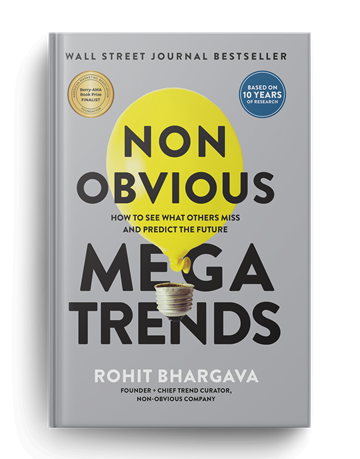
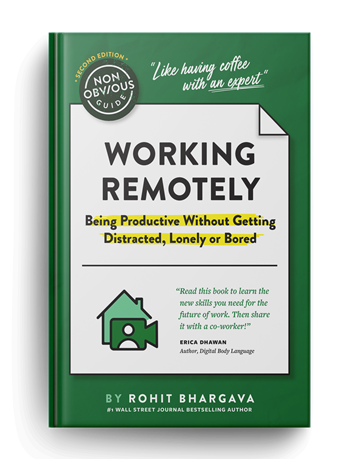
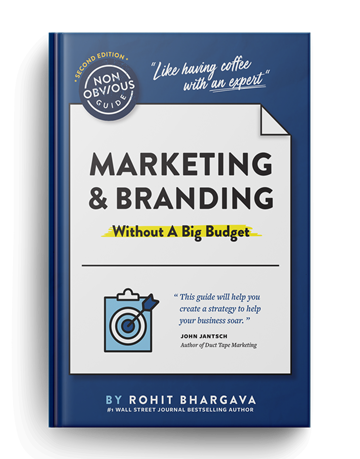
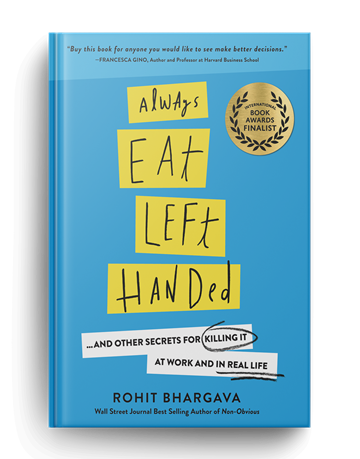
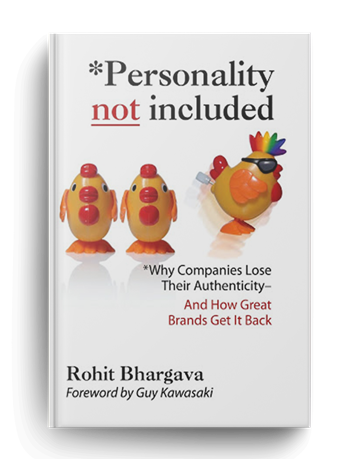
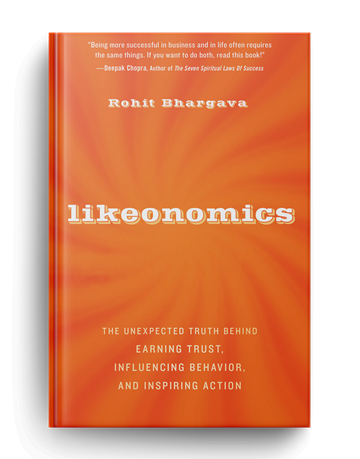

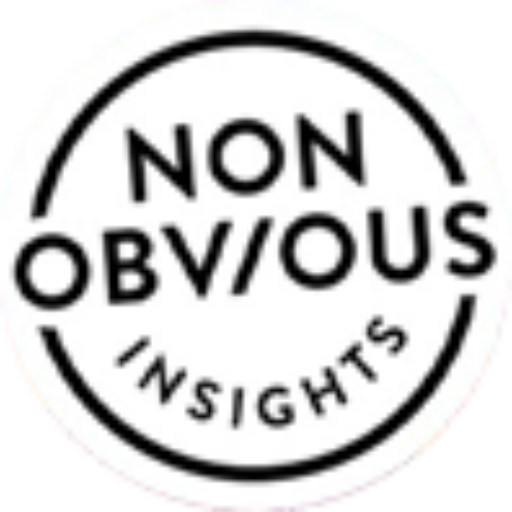
Part of the “anomoly” of Hotmail’s branding may have started from good branding impulses. When MS acquired Hotmail (when? 1997?), it was the It brand for web-based e-mail. Microsoft itself wasn’t too popular with tech-savvy webusers–remember, this was in the era of the DoJ antimonopoly boondoggle (and a much higher percentage of Net users were techies in that day). Microsoft may have correctly perceived early on that Hotmail as a brand was viable, and Microsoft’s own brand didn’t bring anything to it. I remember predicting it would be a massive degradation of Hotmail; this did temporarily come true, as Hotmail had massive slowdowns and frequent outages during the changeover period.
My guess is that the brand relationship changed over time, and they realized it a little too late.
(Also, it doesn’t hurt that Y! Mail and Gmail are both vastly superior. I stopped using Hotmail year ago.)
There was certainly a time when avoiding tagging a service with the Microsoft brand would have been a good thing. There are also recent examples where companies have a new service or technology, but are afraid to associate their brand with it initially in case it fails. The result is that you launch a second diluted brand which leaves you only two options for the future – failure because of lack of brand support, or success which would eventually mean a rebranding or at the least a repositioning to align with your existing brand (or ditching your existing brand altogether). One would think that if a company has enough belief in a new product or service, they would be willing to put the full resources of their brand behind it. Assuming, of course, that the brand has positive value (which you note was probably not the case for Microsoft in the late 90s).